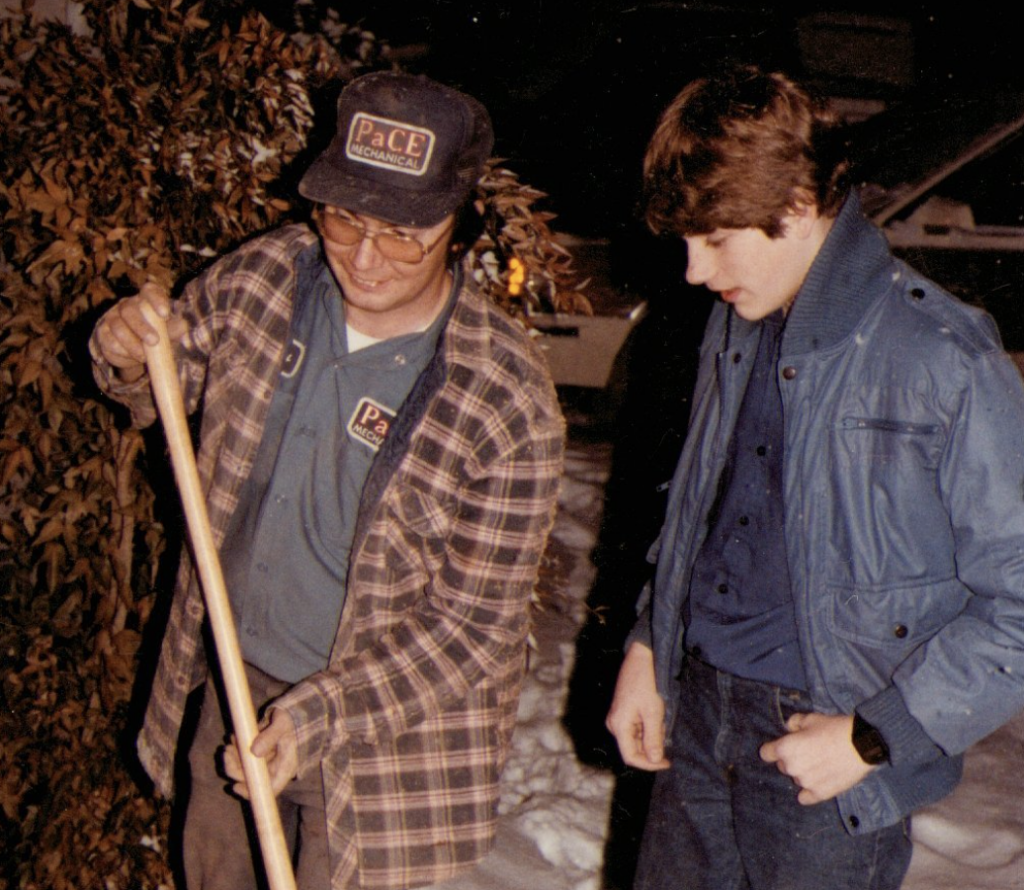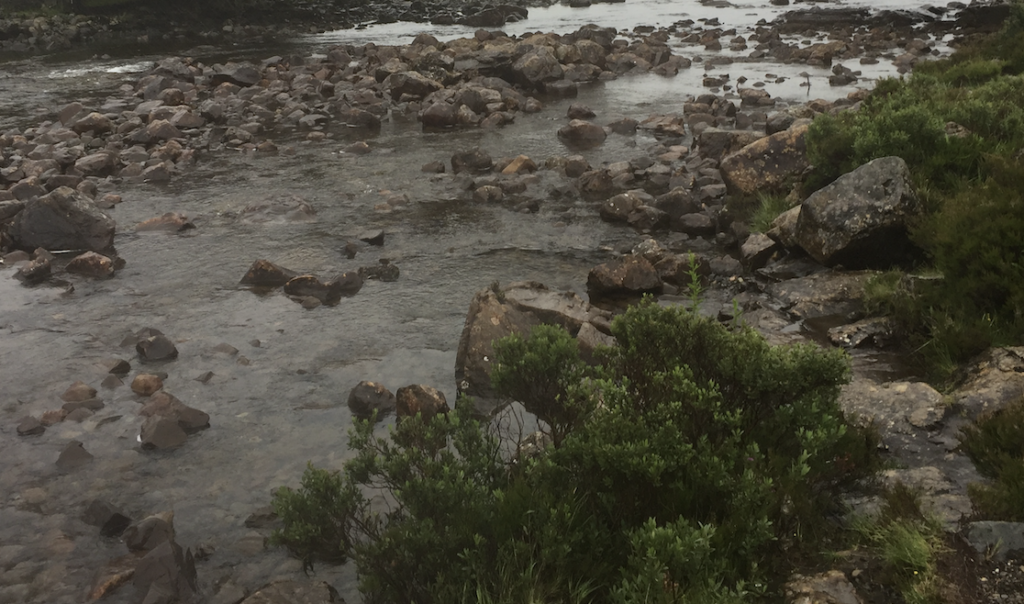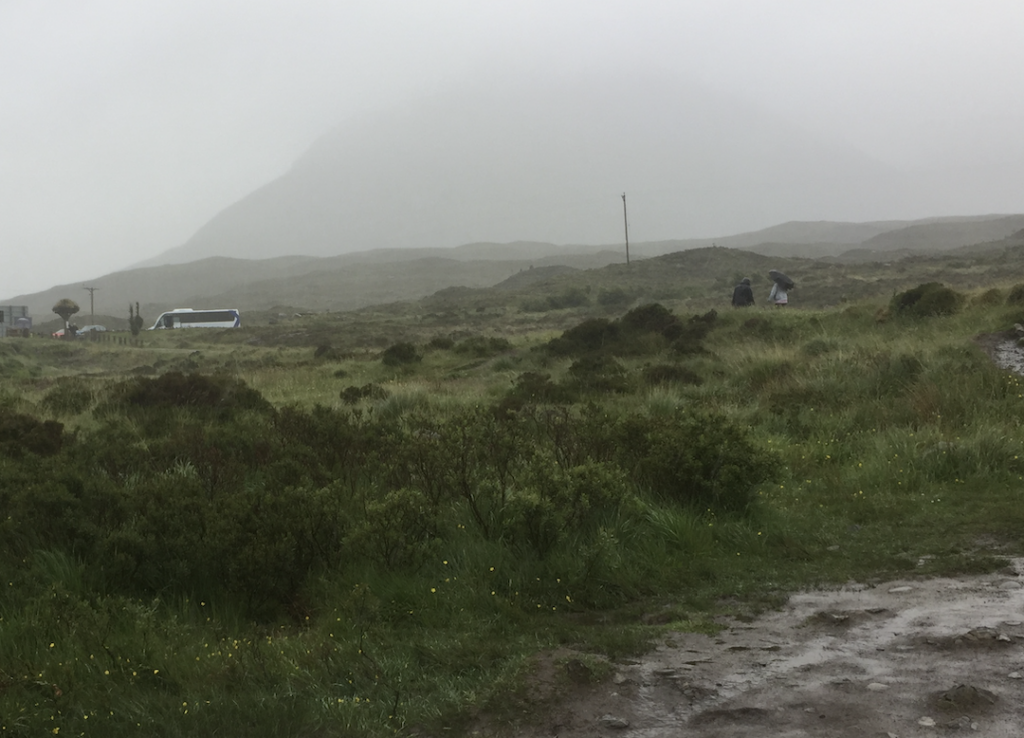What do you take with you? The emergency broadcast pulse is still echoing across your house. Sleep is heavy in your eyes, but adrenalin is surging. You stare at the screen before you, “Evacuation notice for your area.” You look around. You are surrounded by your loved ones. Your pets stare at you, worried about the panic. Pictures of family and friends long gone decorate your walls. Shelves are full of personal treasures that carry no financial value, but tug at your heart. There are boxes of memories. Cupboards are full of generational keepsakes and dishes. Antiques, artwork, and personal projects are all around you. But what do you take? And what must you leave behind?
The fires that have ravished through the Los Angeles area forced many of us through that difficult decision tree. Our house was 2 miles from the evacuation line when the first notice came through. We have friends, acquittances and co-workers who were evacuated. That includes some of you. Sadly, some have even lost their homes. The raging fires reduced entire neighborhoods, treasures, possession and “normal life” to a pile of ash and empty foundations. There are even some who couldn’t or refused to leave their homes and have perished. It’s heartbreaking! Fires are still raging, and the wind is picking up again. We are still in the fight and must remain vigilant.
Be prepared. Fires, floods, hurricanes, tornadoes, and earthquakes are all familiar adversaries. They remind us that life is fragile, and, in an instant, everything can change. What matters most to you? I’m incurably nostalgic. I love to pack away souvenirs and surround myself with vestiges of physical memories. I also stockpile too many “just in case” supplies, unused gadgets, marginally needed records and resources. This recent event reminds me of how important people are. Our loved ones, our family, our friends and yes, even our pets. They matter most and are irreplaceable. They far surpass any of our earthly treasures. But given enough time to collect some of those, I bet you, like us, will find yourselves grabbing the well-worn scrapbook or notebook of handwritten family recipes over the thousand-dollar entertainment devices. It’s a beautiful reminder that the biggest treasures in life, may come with no price tag at all. What would you grab? What would you save? What would you leave behind?
My heart goes out to all the people and communities devastated by this fire. I know we are still in the midst of the emergency. Please stay safe! Take care of yourself and your loved ones!



















